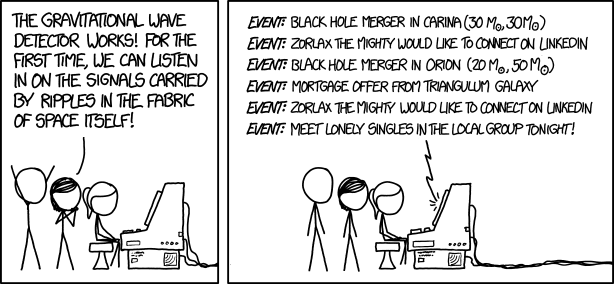I've been looking for a fitness tracker for a while now. Ever since we got our dog back in August 2015 I've been seeing improvements to my fitness, because—DUH!—the little beast has to be taken for walks every day.
I wanted to build on these small improvements and decided to begin running more, again, go to the gym more, and try out high-intensity bodyweight training.
In pursuing these activities, I quickly realised that the iPhone as my tool of choice for tracking steps, storeys climbed, heart rate, and calories burned would not be sufficient. One might think that the Apple Watch would've been a natural fit for me—seeing as I'm pretty comfortable in Apple's ecosystem—but I saw too many things wrong with it to be a good fitness tracker and watch replacement:
- Lack of actual waterproofing
- Short battery life of only about a day
- No continuous heart rate tracking
The fitness tracker I would buy had to be better than the Apple Watch in all those areas and make it easy for me to use the data outside of the manufacturer's ecosystem (which immediately ruled out products from FitBit who think it's ok to lock a user into a platform with the user's own data).
I ended up with the Garmin vivosmart HR, a favourite of Ars Technica UK and The Wirecutter and from the looks of it the current best-of-breed fitness tracker on the market. It ticked all the boxes for me, with a waterproof body specified for swimming, 5-day battery life, and continous heart rate tracking. Garmin's platform, albeit not too pretty, also allows for downloading of all running data and it integrates with Apple Health on my iPhone.
It should've been the perfect device for me but intensively using it for a week taught me a few things about myself and my actual needs in a fitness tracking device which, in turn, brought the Apple Watch back into the equation.
Waterproofing
I don't go swimming with it (I hate swimming), so as long as it can withstand my sweat and rain (I love running in the rain), that's enough for me.
Continous heart rate tracking
This sounds like a useful feature and I'm sure it has its merits but continuous doesn't actually mean continous for the Garmin (or any other product as I found out later) as it only takes snapshots of your heart rate in regular intervals and activates continous tracking only when it detects significant changes for a certain period of time. That's still quite useful, especially when you're into sleep tracking but I'm not, which brings me to…
Battery life
I tried wearing the vivosmart HR during the night but found it too uncomfortable. There's a hump on the underside of the device that houses the optical heart rate sensor and—at least for me—it became a slight nuissance when sleeping. So, just like with my wrist watches, I took it off at night. And if I take it off at night, I might as well put it on a charger.
Then there's the fact that wearing a fitness tracker and a wrist watch at the same time felt stupid. With the exception of a short period in my life, I've always worn a mechanical or automatic wrist watch and it became apparent that the three issues that ascribed to the Apple Watch were actually non-issues.
Fast forward a few weeks and my beloved Traser P6508 Code Blue met its untimely and watery demise during a business trip. It was my favourite watch by a long shot because it was the perfect, lightweight no-frills watch that was easy to read in any light condition.
I'll definitely get another Traser watch at some point and I own another really good wrist watch but for now I'll stick with the Apple Watch and see if it's as good a fit as I expect it to be.
This experience and my first few days with the Apple Watch have made me appreciate the compromises Apple has made with the watch in terms of waterproofing, battery life, feature set, and build quality. They've built a smart watch that will satify 90% of all potential user once economies of scale and experience curve effects bring the price down a bit for the lower end models.
